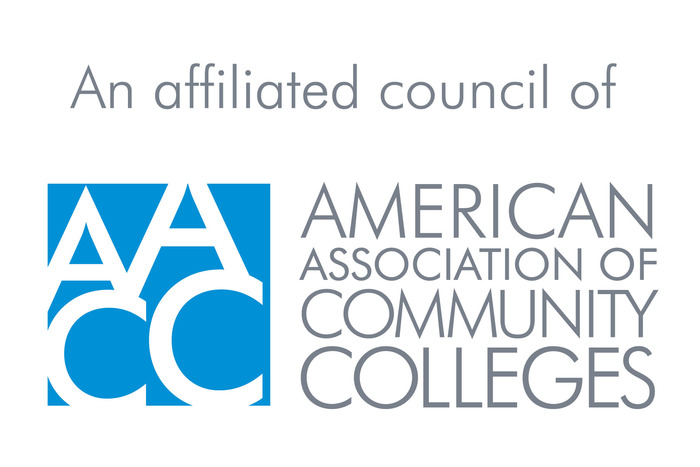Table of Contents
Understanding Student Motivation Towards Traditional and Online Supplemental Instruction
Remberto Jimenez, New Jersey City University; Veronica O’Neill, New Jersey City University; Terri Evans-Bailey, New Jersey City University; Laura Zieger, New Jersey City University; John Grew, New Jersey City University
A qualitative study was conducted to understand why students are and are not attending traditional and online Supplemental Instruction (SI/OSI) sessions. A brief literature review covers the topic of Supplemental Instruction, online Supplemental Instruction, the role of student leaders (SIL), student motivation, and the learning community of practice. In addition, the SIL’s role as a motivational and detracting factor are reviewed and how existing SIL training can be further enhanced for future SI and OSI sessions. Qualitative themes for student motivational factors include perceived notions of SI session value, relevancy, and accessibility were suggested. Student and SIL perceptions of SI sessions as a learning community of practice emerge as a motivational factor and inform future directions for SIL training. Detracting factors that emerged in this study included: student perceptions of not needing help, the availability of scheduled sessions, and the preference for students as SILs. Future research recommendations and conclusions are offered based on the findings.
Commentary*: Connecting Technology to Teaching-Learning
Shelley Kurland, PhD, County College of Morris
Technologies have the potential to be a disruptive or transformative force in teaching. This is even more evident after covid-19 forced a digital pivot in education, which largely still functions in an analog space despite the rapid advancement in technology. The forced digital pivot helped broaden many educators’ perceptions on how technology can support teaching and learning; however, it also spotlighted gaps in the tension between sound, traditional, in-person practices that have been used for centuries and the more unfamiliar teaching from a distance in an online environment that has been around for a few decades. This paper compares the practice of a-theoretical approach to using technology, or “using technology for the sake of using technology”, to the theoretical approach to using technology in education. The Teaching-Learning-Technology cycle is introduced to support and guide an educator’s shift in moving from the a-theoretical approach to the theoretical approach to using technology in education.
*This has not been peer reviewed.

